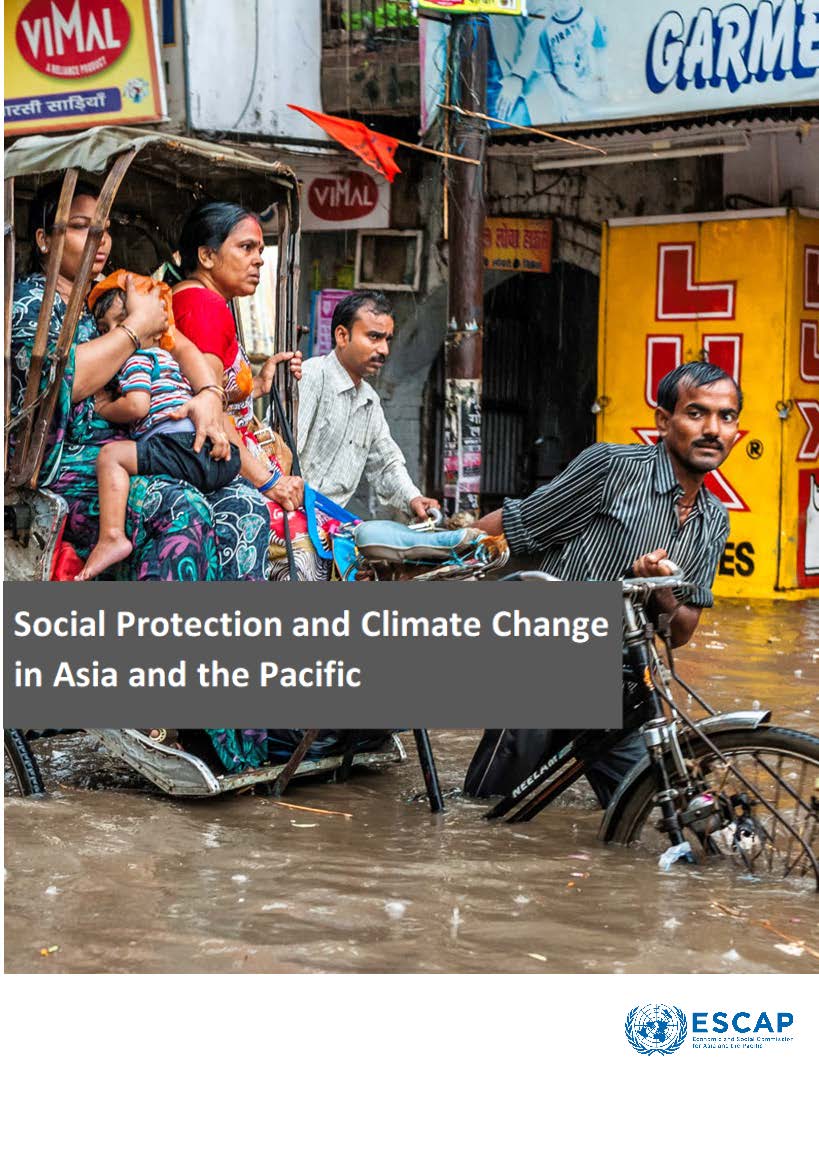The impact of ageing on accessibility, affordability and availability of healthcare services in Asia and the Pacific
Working paper
28 June 2022
• ABSTRACT
• 1. INTRODUCTION
• 2. BACKGROUND
• 3. CURRENT SITUATION
• 4. FUTURE PROSPECTS
• 5. RESULTS
• 6. CONCLUSION
• REFERENCES
• APPENDIX
The Agenda 2030 for Sustainable Development (United Nations, 2015) is a call for “[a] world with equitable and universal access to… health care and social protection, where physical, mental and social well-being are assured”. While some challenges to the meeting of this goal are difficult to predict, and outwith the scope of modelling, a key potential driver of this is the changing age profile of populations.
This paper summarises the likely challenges to the delivery of this goal arising from changes in the age structure of countries in Asia and the Pacific. It then seeks to model the extent to which future healthcare expenditures (HCEs) may vary according to changes in the observable determinants of HCEs.
While modelling is subject to significant uncertainty, we provide scenario estimates of future healthcare expenditures according to variation in the age profile of populations, the extent to which future ageing may be healthier, future gross domestic product (GDP), changes in the age profile of per-capita spending, and population preferences for spending on healthcare.
Our central estimates are that HCEs as a proportion of GDP are likely to increase from around 5.3% to 9.7% by 2060, rising to 13.2% if assumptions regarding future healthy ageing do not hold. For high income countries in the region, this is likely to peak and level off at around 11% of GDP, while for medium income countries this is projected to reach 9.6% by 2060.









